Yes, You Need A Government Permit To Send A Sports Car Into Space
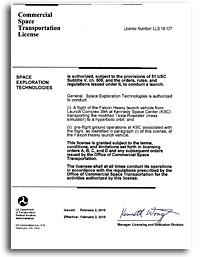
Commercial Space Transportation License Number: LLS 18-107, FAA
SPACE EXPLORATION TECHNOLOGIES Is authorized, subject to the provisions of 51 USC Subtitle V, ch. 509, and the orders, rules, and regulations issued under it, to conduct a launch.
General. Space Exploration Technologies is authorized to conduct:
(i) A flight of the Falcon Heavy launch vehicle from Launch Complex 39A at Kennedy Space Center (KSC) transporting the modified Tesla Roadster (mass simulator) to a hyperbolic orbit; and
(ii) pre-flight ground operations at KSC associated with the flight, as identified in paragraph (i) of this license, of the Falcon Heavy launch vehicle.
This license is granted subject to the terms, conditions, andlimitations set forth in licensing orders A, B, C, and D and any subsequent orders issued by the Office of Commercial Space Transportation. The licensee shaii at ail times conduct its operations in accordance with the regulations prescribed by the Office of Commercial Space Transportation for the activities authorized by this license.
Issued: February 2, 2018
Effective: February 2, 2018
|
|


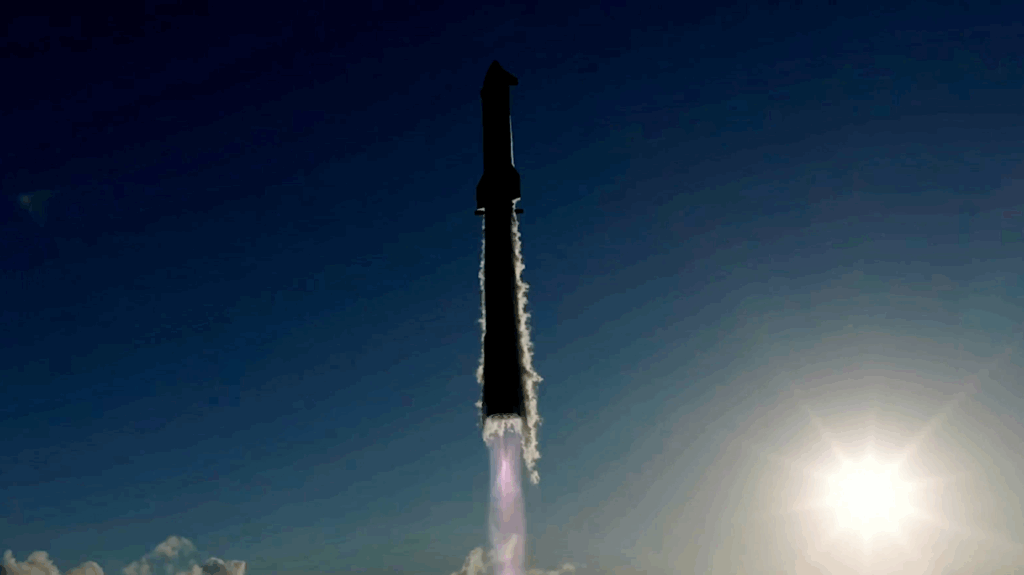
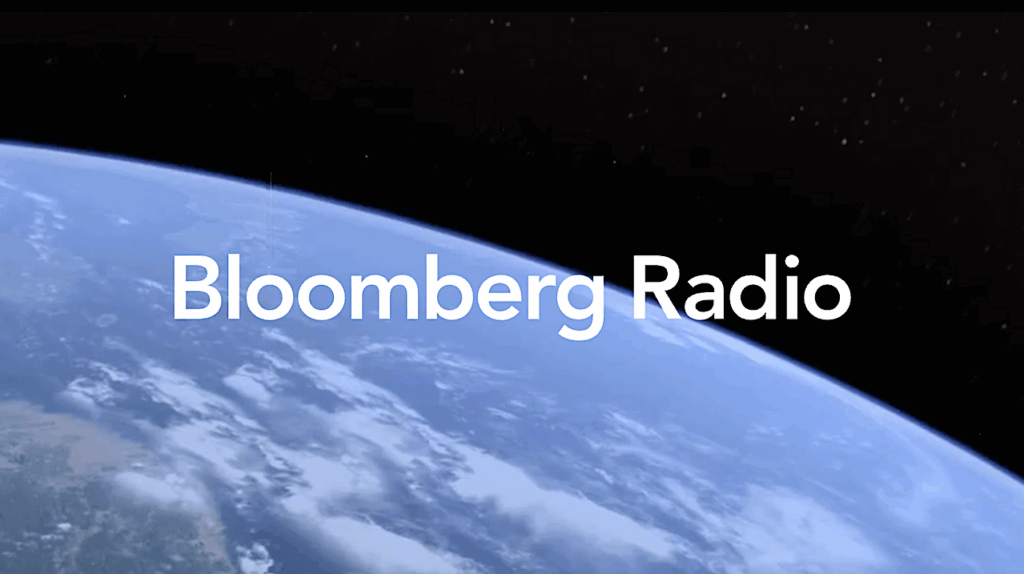
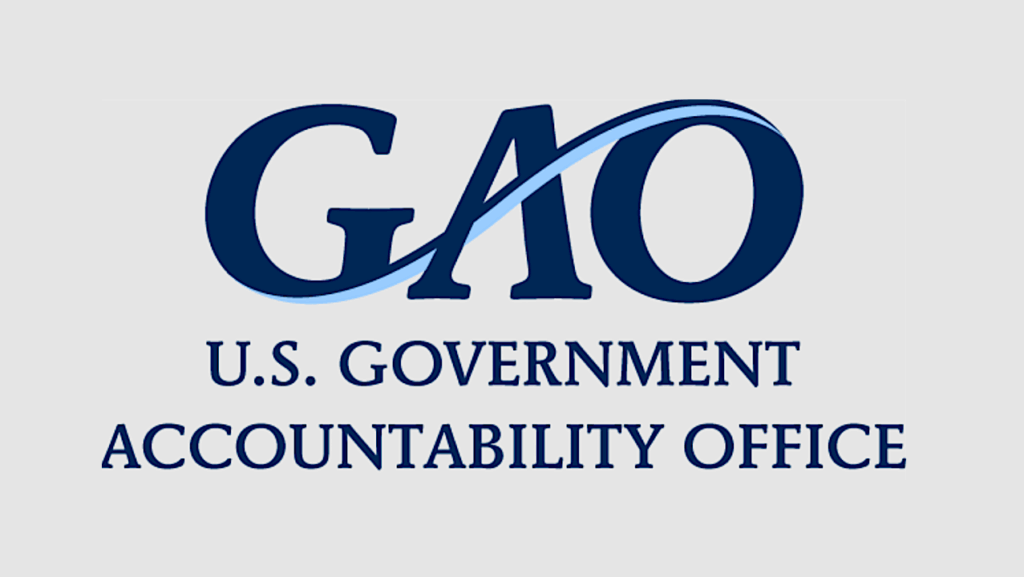


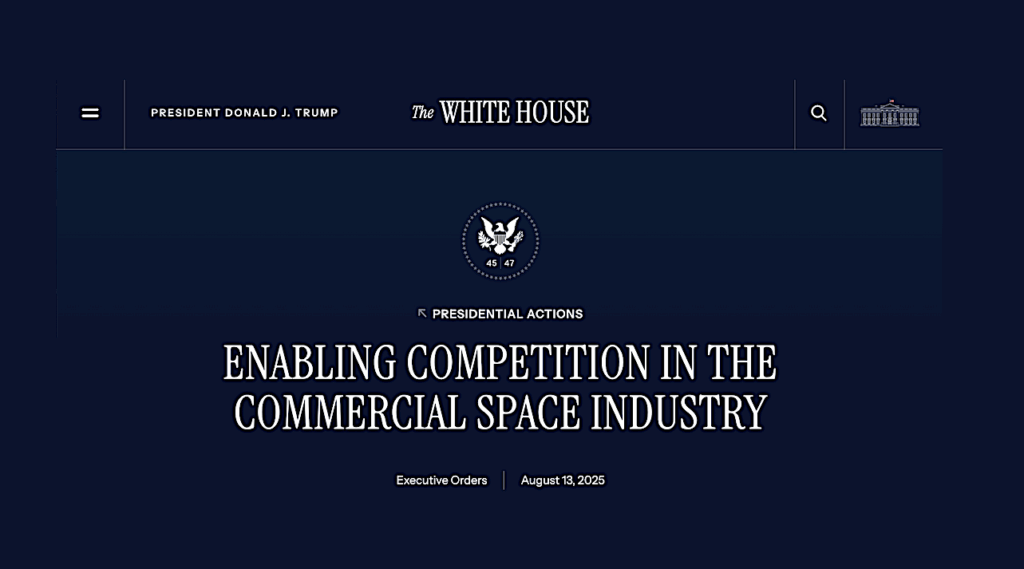

Whew. I was really worried that might be rejected. Hope they can get it done at aii times, tho.
I wasn’t to worried about approval. The FAA is concerned with launch safety; if someone wants to be silly in a safe way, it isn’t their problem.
I was interested in the dates listed. The license was approved and effective as of February 2, and is only good until launch or one year, whichever comes first. Waiting until the last minute means the license will still be good, even if they multi-month delays. I hope they don’t, but that seems like a smart move (assuming that was the intent.)
The required insurance is also impressive. SpaceX has to buy insurance for liabilities up to about a third of a billion.
It’s not unusual for FAA license to come out just before a SpaceX launch. For example CRS-10’s launch license was issued just one day before the launch date. My guess is they do this to accommodate any last minute changes.
You have to wonder if the signatory ‘Manager Mr. Wong’ could possibly be more myopic; this piece of paper has bad ‘optics’, and just looks silly.
Just leave out the mention of the Tesla would clean it up a bit.
Don’t forget the target date of Feb 06 will likely beat the next government shutdown, assuming it can go before the ninth of February.
Its also the day before the big FAA commercial space conference here in DC …
Keith–Hmmm…interesting coincidence. 😉
And the day before Tesla is to release its last quarter “earnings” report. “Sure they spent tons of money again and model 3 remains way behind schedule, but Elon lands rockets on barges!” stock spikes, another capital raise.
Are you covering it? Did you get your credentials?
I think I read that this insurance coverage for “pre-flight operations” is new thing after they torched the launch pad. A repeat of the Orbital launch incident would be covered by the “flight” insurance (because it was in flight for 4 seconds, suffered an engine failure, and fell back onto the pad), also a new requirement, right?
No. All licensed launches must buy insurance for both phases: pre-launch and launch.
Completely untrue. You don’t know the difference between the premium (how much you pay for insurance) and the insurance coverage (how much insurance pays you for the loss). Yes, SpaceX has $330M in coverage but they don’t pay that much for the insurance. That would be stupid. They pay about $1K per $350K in coverage for a launch which is a steal. Now go redo your numbers poindexter!
Wow. Isn’t anyone watching the door?
Those are his first two comments on Disqus, and he’s off to a roaring start.
If the date was feb 2 that means they never even bothered to file for one last year. Meaning there was absolutely no plan to launch it in 2017? Contrary to everything they said?
A comment by “Not Invented Here” suggests that late FAA launch licensing (e.g. only days in advance) isn’t uncommon. If that’s the case, then SpaceX could have been planning a 2017 launch and were extremely confident they could get a license signed on a week’s notice. In 2017, they just never got within a week of launching.
Not having any idea how this works, but having quite a bit of experience in dealing with regulators: those folks who do the approval just love to be part of the ‘process’. I think it’s some sort of validation thing, really.
That being the case, I’d imagine that the Manager’s office has been apprised of the entire process from beginning to end, that they knew about dates and date slippage, and that the letter was prepared months ago, waiting only for a date.
I suspect you’re right pro forma approvals happen all the time. But they can come down from above as well as being someone who wants to be “involved” insisting that he has sign off. Someone much more senior may expect the official decision to be made by someone reasonably high on the org chart.
Important decisions, especially if something goes wrong and you have to explain it to the press or congress, can’t be left to minor functionaries. That just looks bad. So it isn’t uncommon to have official approval come from someone who doesn’t know anything about it, and is just acting on the advice of a subordinate. And sometimes that subordinate is just passing on the advice of someone even less senior.
FAA bureaucrats regulate Falcon heavy rocket what real pain it is and very expensive Insurance Premium ouch.
Kenneth Wong signs all of the launch licenses and has done so for many years.
Ken Wong even signs them when there is no vehicle (XCORE the first license vehicle never made it off the drawing board but that didn’t stop the FAA from issuing a license). The FAA commercial space Transportation division accomplishes nothing, they will approve anything. They never enforce any regulation, and they don’t listen to their own experts (ref Space Ship Two crash, NTSB interviews.)
A launch license is granted 180 days after a substantially complete (i.e. sufficient information to make a licensing decision) application is turned in. By law. Ken Wong is the head of AST’s licensing division… that’s why he signs the licenses. The law specifies the standards for a launch, and if they are met, then the license is supposed to be granted. AST’s role is limited to protecting the uninvolved public… and they absolutely DO enforce their regulations.
When the exact same rocket is launching from the exact same pad that it has launched from before and the payload is standard commercial sat from a company that has many in space, The lic is pretty much cut and dried.
When someone asks to launch an electric car into space on a new rocket.. I would imagine they look a little deeper .. smiles
first how can a license be “substantially complete” when no vehicle exists. View graph engineering does not provide sufficient information to ascertain if the vehicle wont impact the public. And while I have a great deal of respect for you and your accomplishments, I respectfully disagree with your statement that the “DO” enforce their regulations. I have read the NTSB interviews and their own experts in-house and contractors noted again and again that the FAA ignores their regulations. The only thing that is keeping this from being a full blown issue is 10 seconds. that is the time differential that kept the Space ship two from crashing into two delivery trucks research Spaceship two incident parabolic arc articles. when you look at the debris field, pieces of the spacecraft fell on public golf course, and near a school. While commercial space is a great idea, it doesn’t belong in the FAA.
I can easily imagine a license application which is “substantially complete” before the vehicle is built. If you have to provide data on quality control and tests which haven’t ben done yet, you describe them and say “These tests were successfully completed on [insert date here].” The FAA can look at that and say they will approve the license once the applicant fills in the date. As you correctly point out, the FAA isn’t in the business of going over those test results and deciding if they really were successful. Just making sure all the boxes are checked off.
I guess “modified” means whatever they did to it to secure it to the payload adaptor.
Also, I’m a little surprised that it doesn’t have an expiration date just before the Mars intercept window opens. Isn’t compliance with things like the planetary protection treaty part of the FAA’s job when issuing these licenses, or is that up to someone else?
First off, it’s up to someone else. Second, who cares when the FAA puts some phony expiration date. They have no enforcement powers and can’t do anything to prevent the future from happening. Stop living in liberal government land!
That and possibly other things. I’m not sure if launching the thing with its original battery pack intact would be a good idea. In its place there may be a mass simulator in place of the battery pack. That and I’m sure all fluids have been removed from the vehicle and anything that might open or pop off has been secured well beyond what a normal Roadster would (e.g. you wouldn’t want the glove box to open up and let the copy of Hitchhiker’s Guide to the Galaxy fly out).
Ya, the catch on that glove box probably wasn’t designed for 0 to Mach 1 in 20 seconds. 😉
Actually, I wonder if there’s a dashcam we can watch…
A recently released photo shows several cameras that have been installed on metal frameworks pointing at the car, so we’ll hopefully get some good video.
Well, that turned out to be an understatement.
I know. I had the live stream from earth orbit running literally for hours. Got some incredible screenshots when the earth was in view. Absolutely amazing. Way better than a typical mass simulator without any cameras.
Does the FAA have any planetary protection policies?
Planetary protection is an issue for landers that are shielded from the heat of atmospheric entry. If the Tesla did hit cross paths with Mars, it would be heat sterilized.
That’s not correct. Planetary protection covers anything which can could contaminate another planet. Note that atmospheric entry doesn’t automatically sterilize a spacecraft (or its debris.) It would sterilize the outside, but anything solidly built and more than a foot or so across can, potentially, get to the surface without getting the inside too hot. (Meteors, for example, are often found with a crust which has melted and refrozen, and a cold interior. They don’t spend enough time in the atmosphere for the heat to diffuse in.)
For Mars non-landers, the planetary protection requirements are a fairly mild, “prove the odds of accidentally crashing are sufficiently low.” For orbiters, there are also requirements on the time before the orbit decays and the spacecraft enters. I forget the number, but it’s decades and almost sounds like it means “long enough that we can go there and remove it up if we decide to.” For an orbit like the one SpaceX is putting the Tesla on, proving that would be easy. One person with the right software and knowing how to use it, could probably set the problem up in an hour and run it overnight on a laptop.
In any case, I doubt the FAA does the actual verification. It is much more likely that the application included a memo from NASA’s planetary protection office, saying they and SpaceX had discussed it and that everything is fine. The FAA would just be checking to make sure that was attached with the application.
Those rules apply to NASA missions, not commercial ones.
The FAA CST is required by law to consult with other government agencies to ensure any license it issues complies with treaties that the U.S. is a party to. Planetary Protection emerged from the OST and so FAA CST would consult with NASA, lacking any in-house expertise.
Incorrect. Planetary Protection came from COSPAR and the earliest days of space science, even before Explorer 1. Long before OST 1967.
If I have a moon base and someone lands a hypergolic-fueled spacecraft nearby, they have contaminated my area of the moon. But Planetary Protection rules don’t care about that at all.
PP is not the same as NonContamination. Period.
Is there any case law supporting that definition of contamination? I suspect not, and the Outer Space Treaty (Article IX) says:
“States Parties to the Treaty shall pursue studies of outer space, including the Moon and other celestial bodies, and conduct exploration of them so as to avoid their harmful contamination and also adverse changes in the environment of the Earth resulting from the introduction of extraterrestrial matter and, where necessary, shall adopt appropriate measures for this purpose…”
They put “contamination” in the same sentence as a clear statement about biological back-contamination. That seems to imply biological forward-contamination.
I do agree that, formally, the authority of NASA’s Planetary Protection Office and even the decision to satisfy the OST by following the COSPAR-defined standards, may only apply to government launches.
Non-NASA, US planetary missions haven’t happened yet. So the legal framework the FAA is working in may be unclear. But there would be some requirements to avoid, let’s call it “forward contamination of biologically significant planetary bodies.” (Since you seem to take a narrow definition of “planetary protection.”)
Yes, although the US Commercial Space Launch Competitiveness Act of 2015 gave firms the right to own space resources it did not expand the FAA CST authority to license them leaving a gap. This needs to be fixed by Congressional legislation. For now its an Ad Hoc process similar to the one Moon Express had to go through to get its license to just visit the Moon.
Then NASA’s Planetary Protection Office is posting incorrect information…
https://planetaryprotection…
“Agreements regarding planetary protection stem from the 1967 United Nations Treaty on Principles Governing the Activities of States in the Exploration and Use of Outer Space, Including the Moon and Other Bodies, which states that all countries party to the treaty “shall pursue studies of outer space, including the moon and other celestial bodies, and conduct exploration of them so as to avoid their harmful contamination.”
Also, Moon Express did have to prove it was not violating Planetary Protection to get its license, the first one issued, to go to the Moon.
https://www.theverge.com/20…
“Finally, Moon Express had to show the State Department it would abide by the Outer Space Treaty’s provision that is meant to prevent people from contaminating other worlds, called planetary protection. If companies like Moon Express want to land on a body in outer space, they have to be careful not to spread too many bacteria on the surface. Fortunately the Moon doesn’t host life, so Moon Express doesn’t have to worry too much about contamination. In its voluntary disclosures to the federal government, Moon Express gave the FAA all its data about how it would adhere to the rules of planetary protection.”
And of course who would the FAA CST consult to see if the guidelines were adequate since it has no in-house expertise?
“After giving all of this information to the FAA, the State Department, and the White House, the various agencies met to decide whether these
disclosure were good enough. And the decision went in Moon Express’ favor.”
What Planetary Protection treaty? There is no such thing.
There is a “avoid contamination” provision of the Outer Space Treaty, but those are very different things. Planetary Protection is a scientific term that refers to a set of rules under the Committee on Space Research (COSPAR) that NASA applies to *its* missions that could interfere with the search for life. Those rules are NOT treaty obligations.
“There is a “avoid contamination” provision of the Outer Space Treaty”…
OK, that’s what I was thinking of. I though that U.S. had a responsibility under that treaty to prevent contamination by anything launched from U.S. soil.
Avoiding harmful contamination is different than preventing ANY contamination. And it doesn’t apply to spacecraft not actually going to a planetary body.
Well of course it doesn’t apply to things not intended for planetary contact. I was just saying that if it launches too close to the Mars intercept window there might be enough of a risk that someone might maybe ask, maybe politely, to postpone.
You have to wonder how many pioneers would have gone west if they had to get a license every time a wagon train set out for the frontier. 🙂
Cool, but what does this do for the sustainability of space? Not enough space debris out there? Find out at the Canadian SmallSat Symposium on Feb 13-15. Small Satellites, Responsible Revolution. #CADSmallSat18 smallsat.ca
Paraphrasing an excellent writer: Space is big. Really big. Hard to imagine just how big it is…
Just to add a back of the envelope calculation to that, if I define the crowded regions of Earth orbit as LEO (call it 300 to 1000 km altitude, all inclinations) and GEO (within 300 km of 35786 km, zero inclination, since that’s about the regulatory requirement for “graveyard” orbits for retired satellites), I get 438 and 64 billion cubic kilometers, respectively. For a Mars transfer orbit, let’s call it 1 to 1.53 AU and an inclination under 2 deg. That’s big, really big, so big… 1.54e25 cubic kilometers. Even the ratio is too big a number to get your head around. That’s 35 trillion times the volume of LEO. I don’t know about most people, but my intuition starts getting fuzzy around a few thousand.